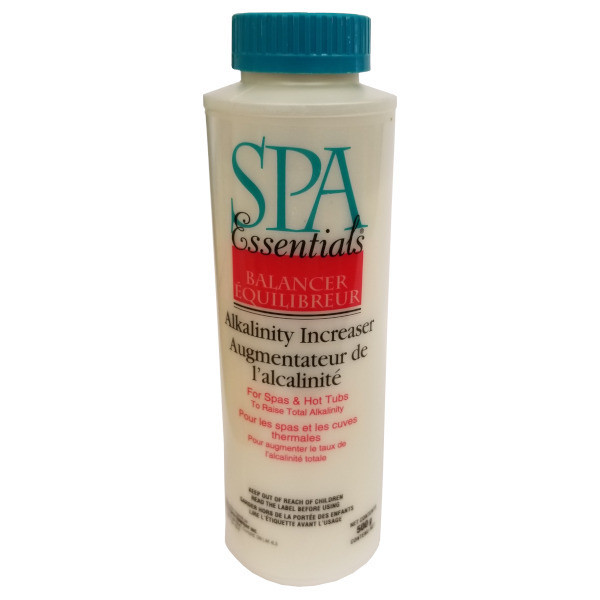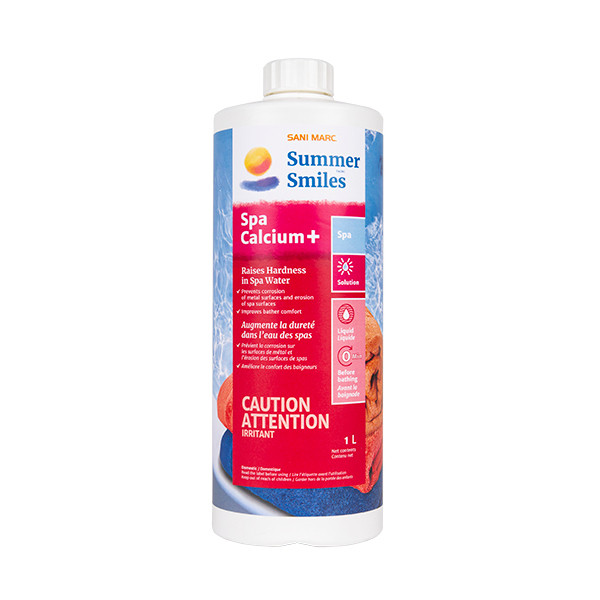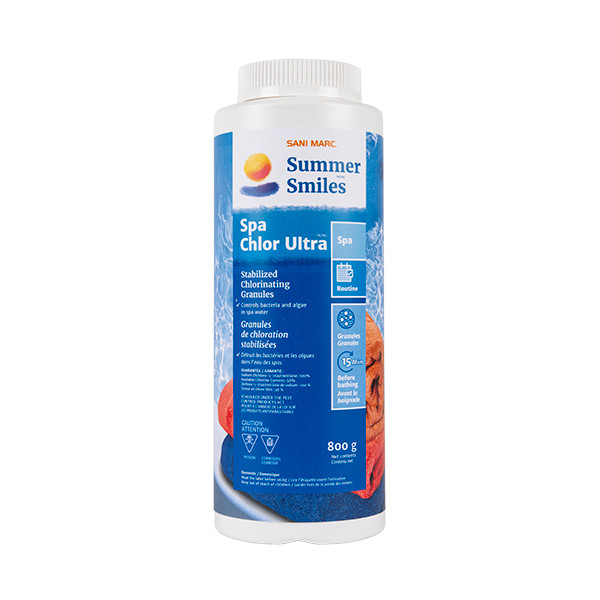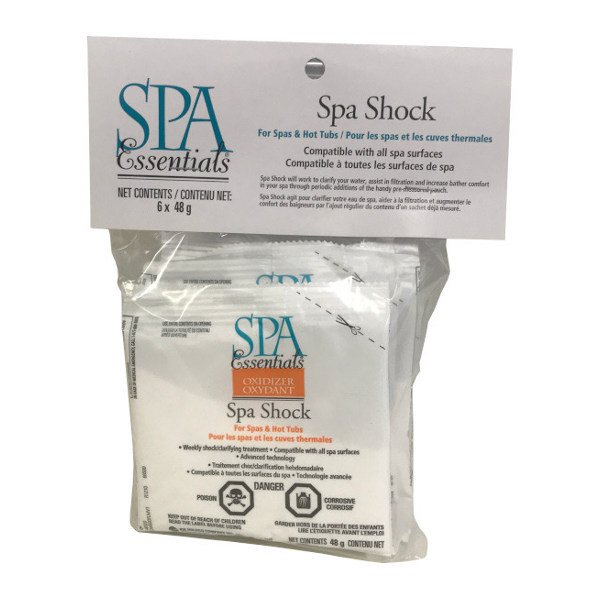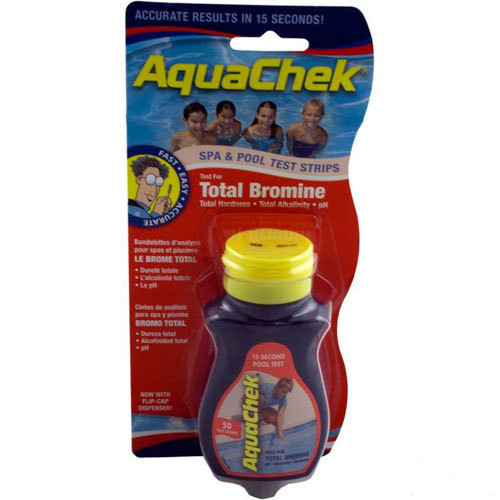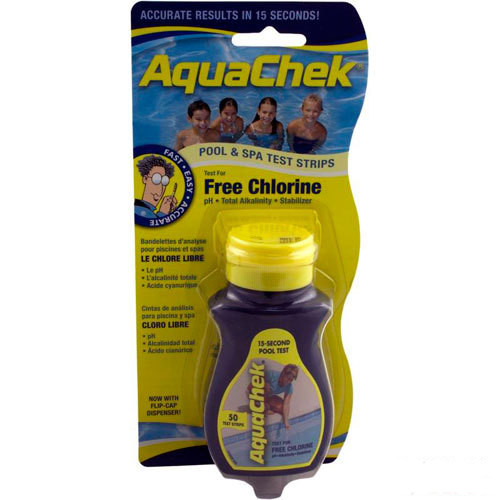Last week we took a close look at how to keep your water crystal clean and clear. This week, we'll look a little more in depth at each chemical your hot tub uses. Understanding what each chemical does and the appropriate recommended levels will help to make balancing the water much easier.
Total Alkalinity
Total alkalinity (referred to as TA) is the total level of alkaline substances dissolved in the water, such as carbonates, bicarbonates and hydroxides. The alkanes act as a pH buffer which allows the water to be more resistant to pH level changes. The recommended of TA is approximately 80-120ppm.
If the TA is too low the pH level will fluctuate greatly between high and low and will be hard to get stable. Low TA can be corrected by adding an alkalinity increaser product to the water.
If the TA is too high, you will also have a problem with keeping your pH stable. You can add a pH decreaser to bring TA back into correct range.
When TA is balanced it normally stays relatively stable, however adding water can raise or lower the TA levels.
Calcium Hardness
Calcium hardness (or CH) is the total amount of calcium dissolved in the water. Calcium helps to control the corrosive properties of spa water, and is why soft water or using a water softener is not recommended when filling your spa. The low calcium content in soft water can cause the chemical solution of the water to become corrosive to the spa components and equipment, and can also cause staining to the hot tub shell. The recommended calcium hardness is 150-200ppm.
If the CH is too low add a calcium hardness increaser.
If the CH is too high add a Stain and Scale product to bring it back into proper range, or a drain and refill with fresh water may be required.
pH
The pH level is the balance between acidity and alkalinity. If the pH is too low if can cause corrosion of metal fixtures and the heating element. If the pH is too high it can cause scaling by allowing minerals and metals to form on surfaces and stain the hot tub shell itself. The ideal balance for pH is between 7.2 and 7.6.
Low pH is a number of around 6.6-7.0 and needs to be adjusted higher. This can be corrected by adding a pH increaser product.
High pH is around 7.8-8.2 and can be corrected by adding a a pH decreaser product.
Sanitizer
Sanitizer is essential to kill bacteria, viruses, and organic materials in the spa. The two sanitizers approved for use in Canada are chlorine and bromine. Both work equally well when water chemical levels are checked and maintained regularly. Always test often and follow the directions on the bottle to know how much chlorine needs to be added to your spa.
Chlorine. If you decide to use chlorine as your sanitizer, granular is recommended. Chlorine tabs (also known as trichlor) are popular and can be convenient to use, however they are acidic and dissolve quickly in the hot temperatures of the spa. As we discussed earlier, having spa water that is too acidic can damage your spas heater, jets and pump internals and even cause corrosion or damage to your hot tub jets. Many spa companies will not cover damage caused by chlorine tabs and using them can even void your warranty (always consult the owner's manual that came with your hot tub). Regardless of whether using granular or tablets, at least once a week check chlorine levels using a chlorine test strip to ensure sanitizer is within proper range. If using granular chlorine, make sure to open the jets and run the spa on high for at least 30 minutes with hot tub cover open after adding. Also note that with chlorine, the higher the temperature the faster the sanitizer is used in the spa.
Bromine is also an excellent sanitizer and has a lower burn-out rate then chlorine. Bromine is available in both a granular and tablet form as well. Many people even choose to use both to maintain correct sanitizer level in their spa, having a bromine floater in the spa to maintain consistent levels and using granular to add a boost when needed.
Shock
While using a sanitizer kills bacteria particles in the water, it leaves those dead particles in your water. Shocking the water helps to remove the bacteria, burned out chemicals, and other organic material from your spa. Do not use a chlorinating shock as the high acidity can cause damage to your spa jets and other internal components. An oxidizing non chlorine shock is easier on equipment and can be used with a bromine or chlorine based system. A good shock schedule is once a week, after a heavy bather load and/or if the water smells very strong. When shocking ensure that the jets run on high for 30 minutes with cover open.
Additional Considerations
- Bather load is a term used in the pool and spa industry to described the number of people using the spa, combined with the length of time in the water and how often the spa is used. All of these have a great influence on the quality of the water. Average bather load is usually defined as 2 people using a spa for 30 minutes about 2-3 times a week. If you are using the spa more or less than this, chemical levels likely will need to be adjusted accordingly to accommodate the extra load. Always test your water frequently to ensure chemical levels remain in the ideal range.
- Filters are very important for clean and clear water. They removes particles and debris from the water. To maximize the effectiveness of your filtration system, the filter needs to be removed and cleaned on a regular basis. Remove the filter once a week and rinse with fresh water, and once a month remove the filter and do a chemical soak to remove the oil, scale and particles that are stuck deep within the filter. It's also a good idea to have a spare filter to use in the spa while the dirty filter is drying.
Keeping your hot tub water clean doesn't need to be difficult. Keeping these key chemicals balanced with a routine water maintenance plan will help ensure your water remains clean and crystal clear. For more information on keeping your water clear, have a look at our previous articles on general water maintenance routines and how to keep your filters clean.

